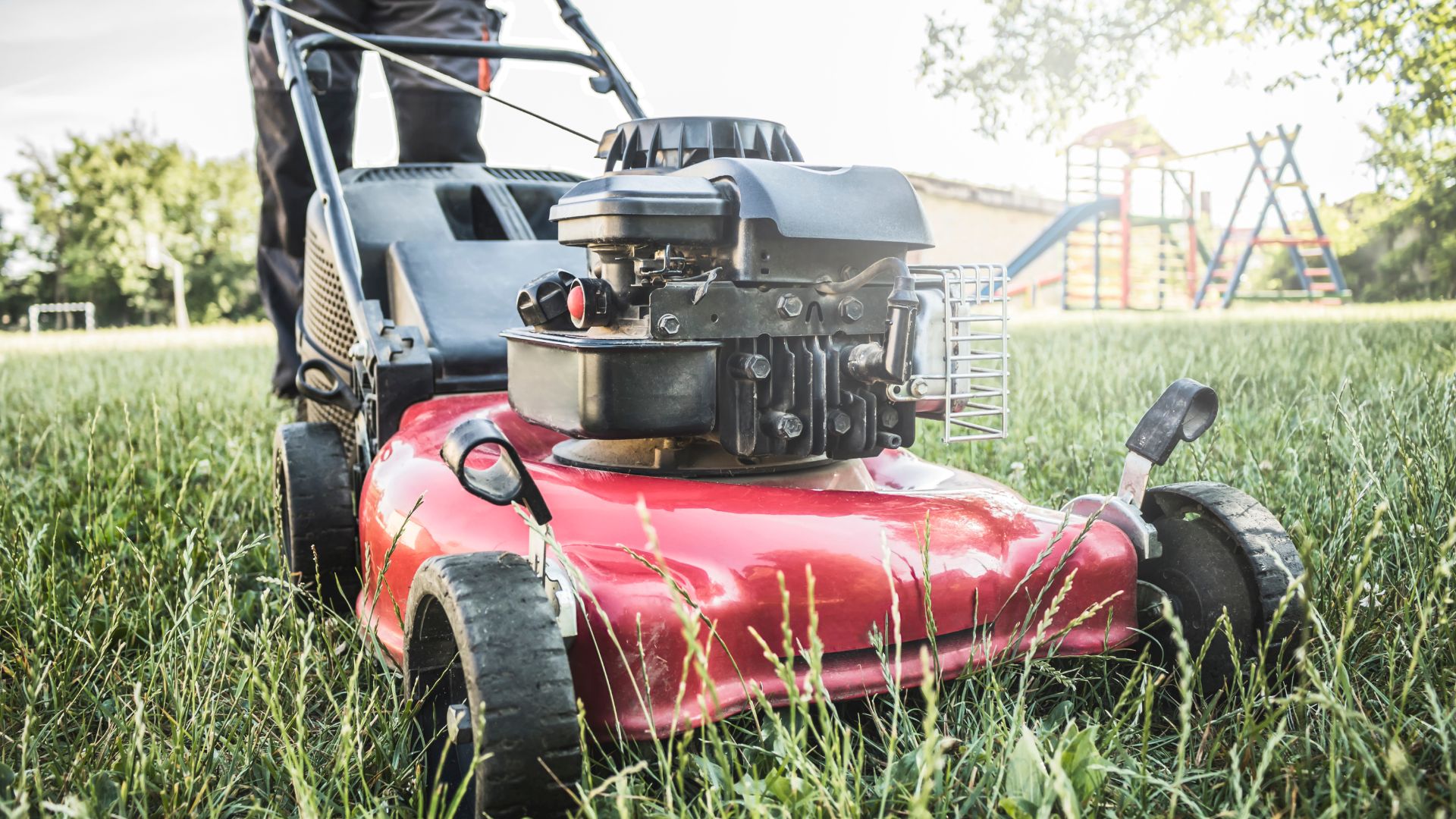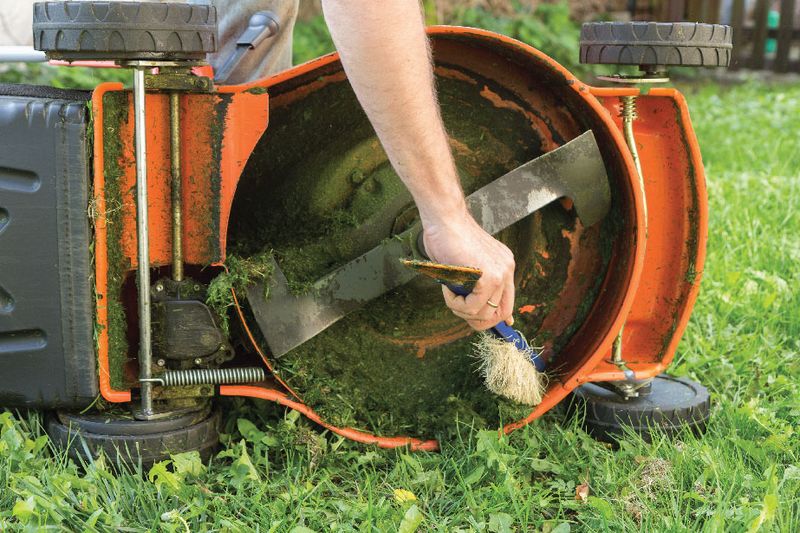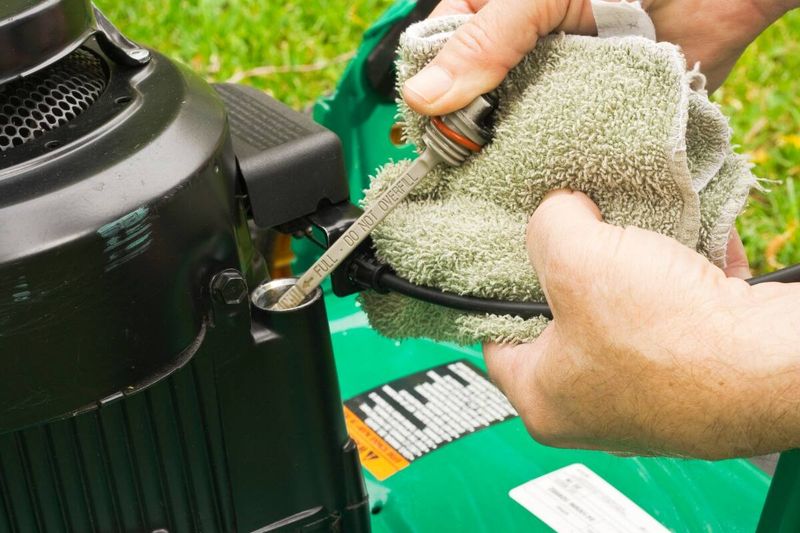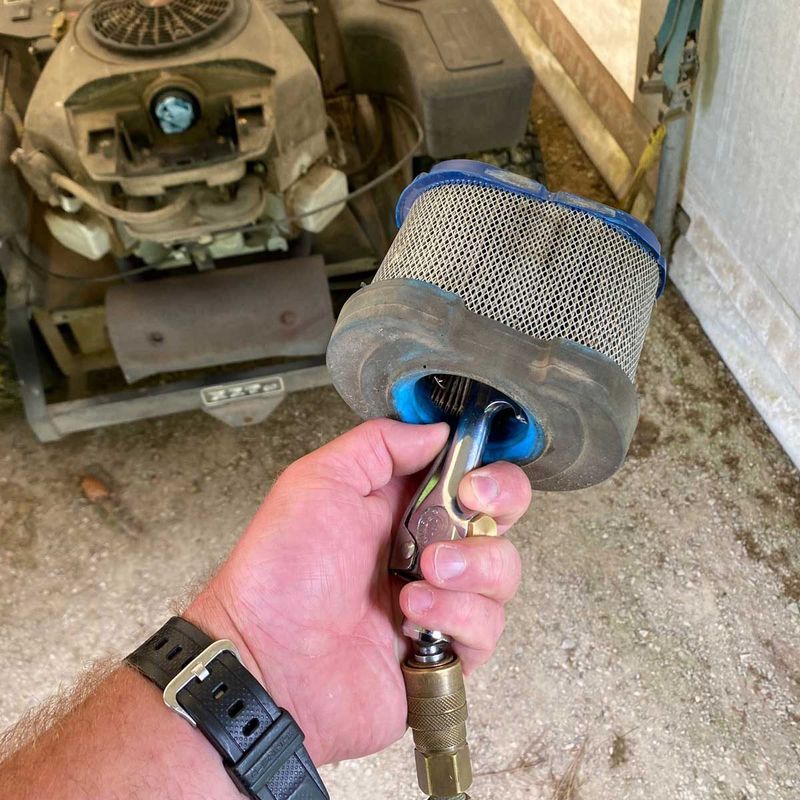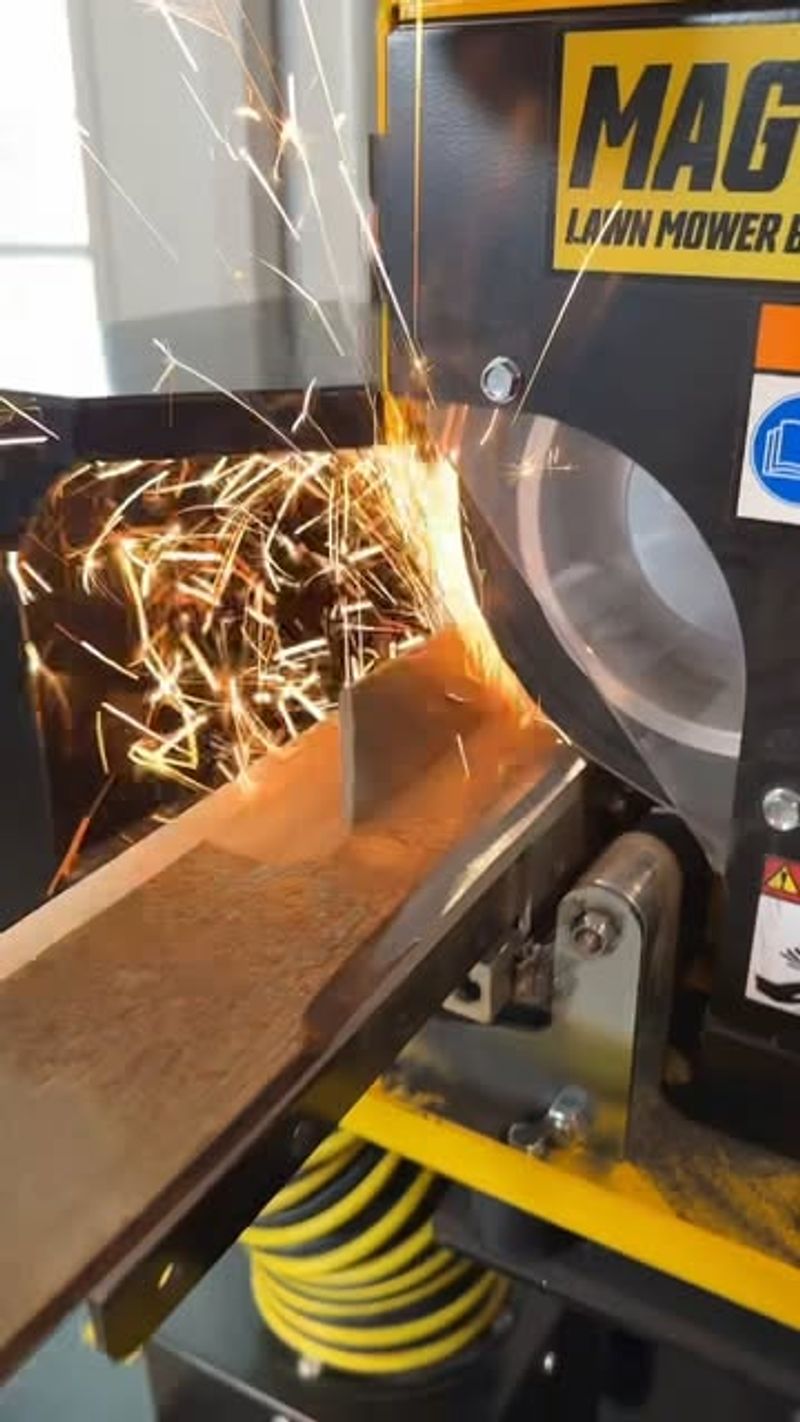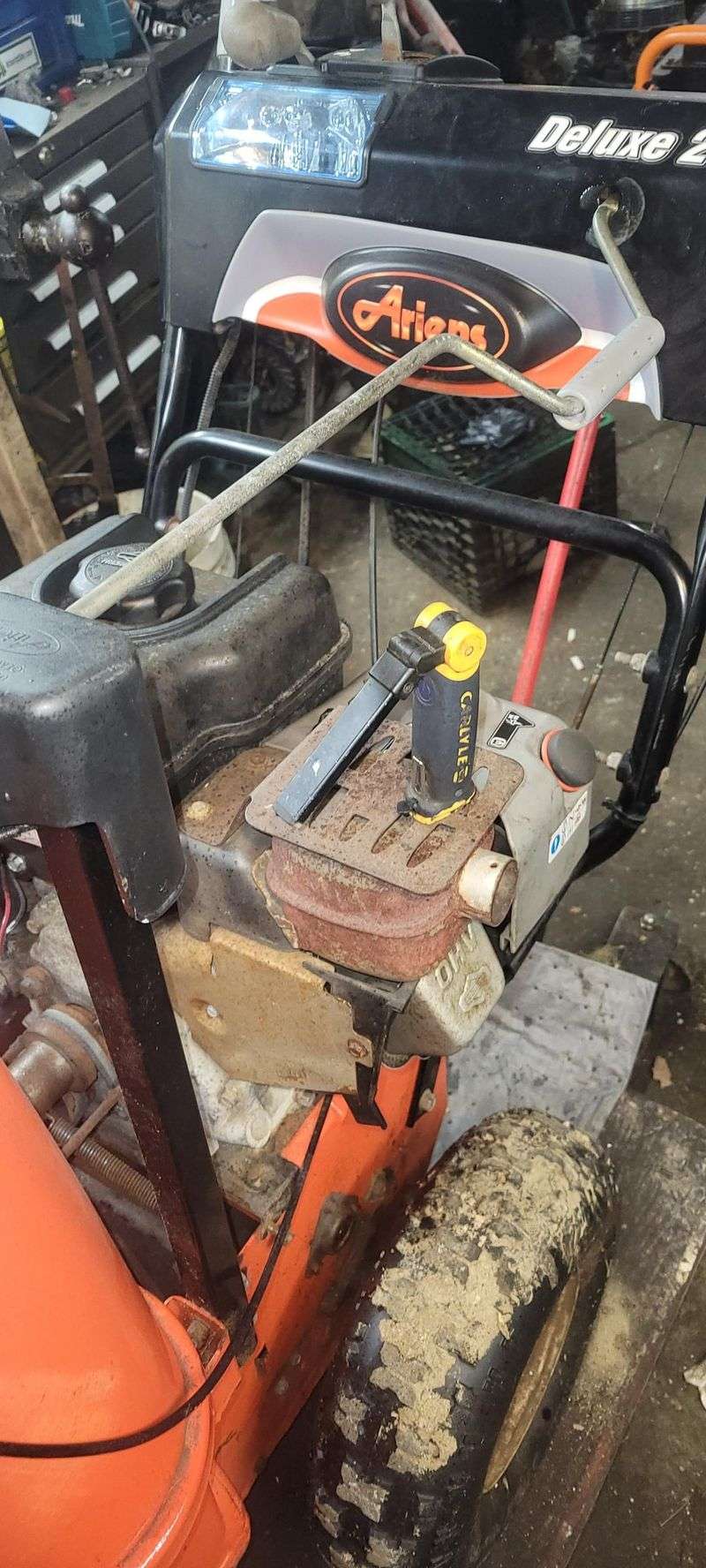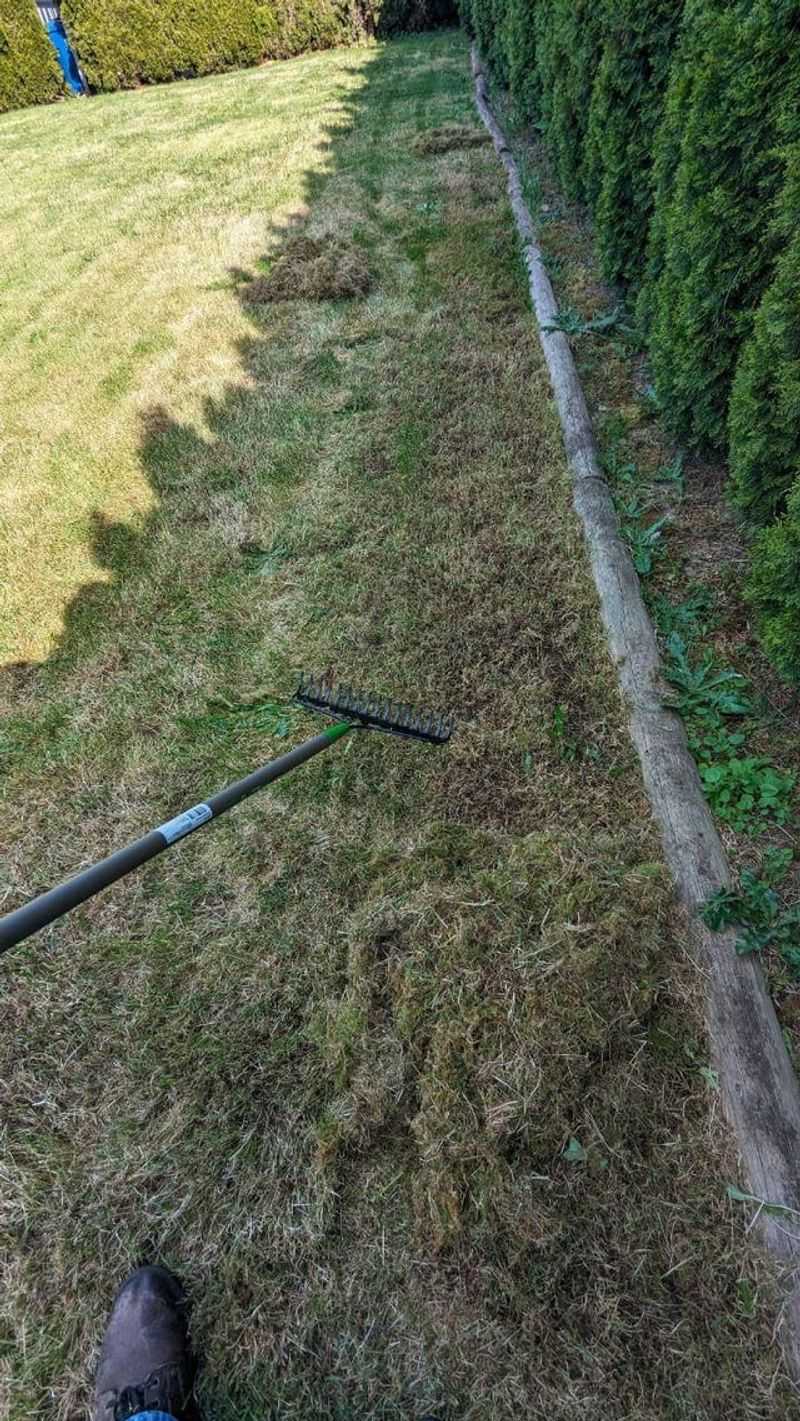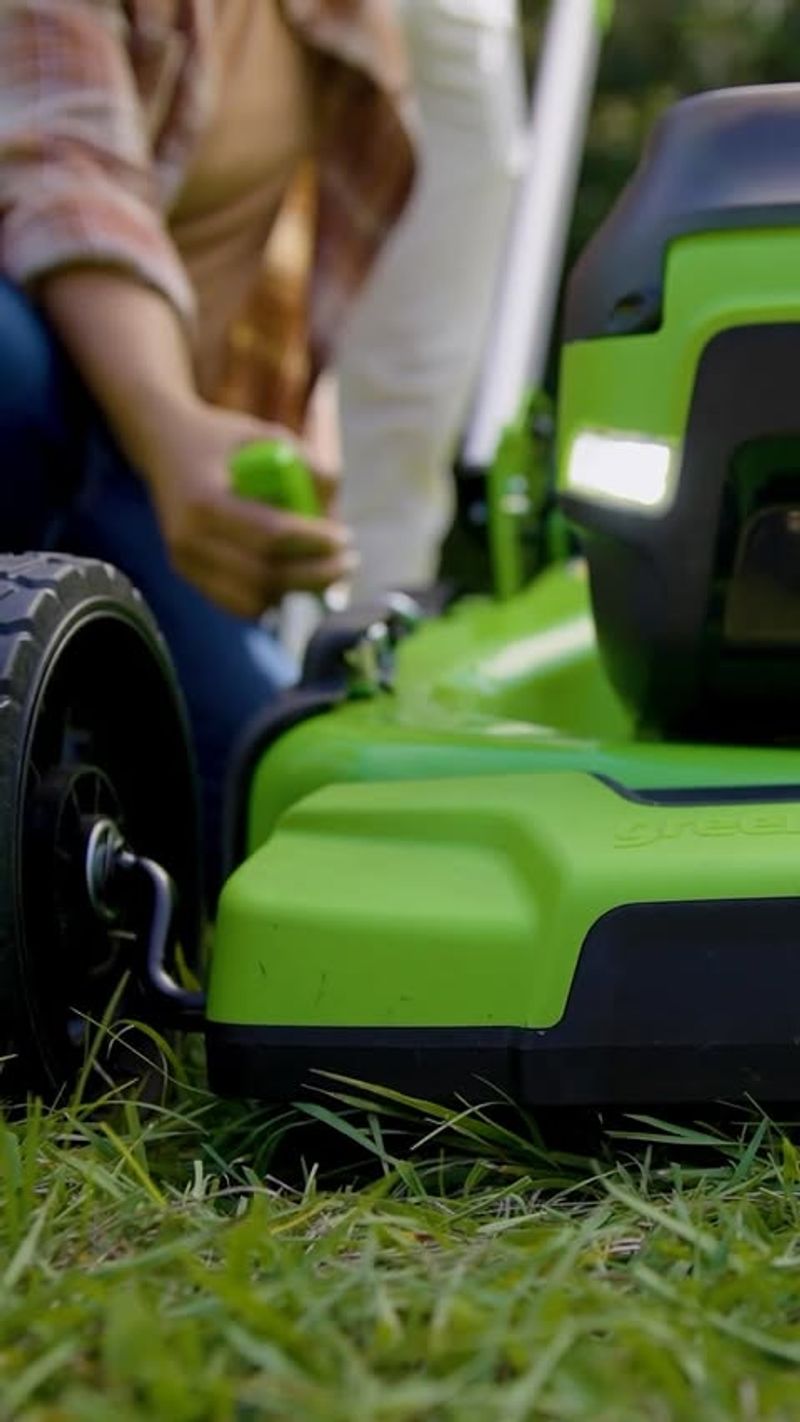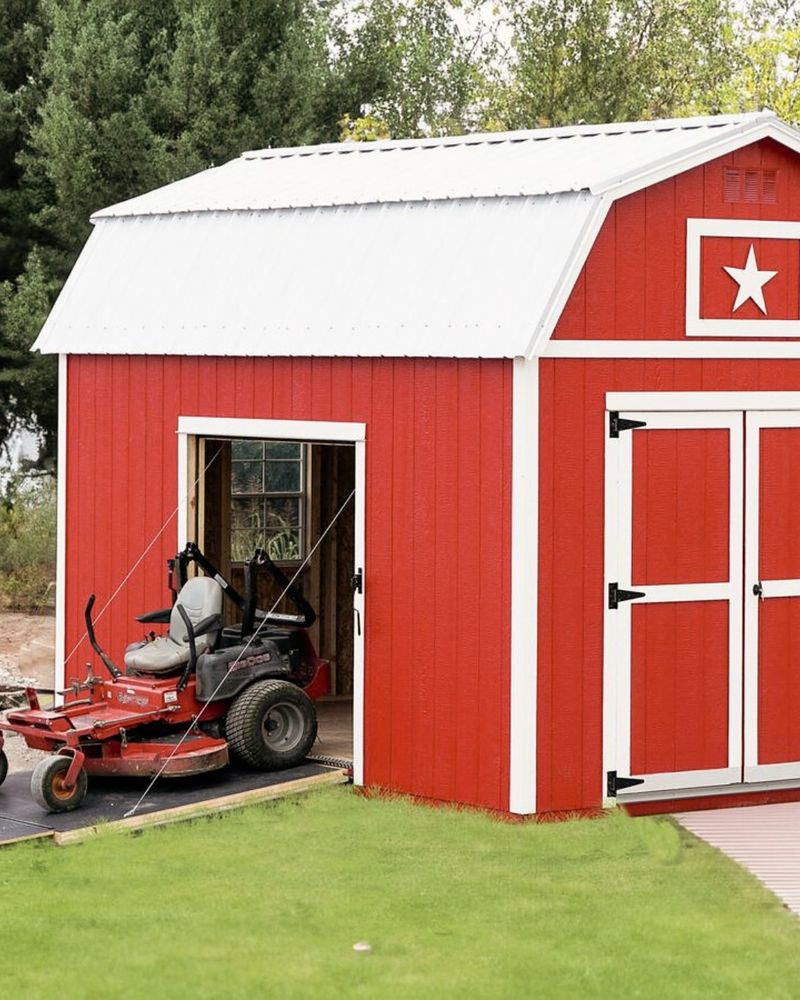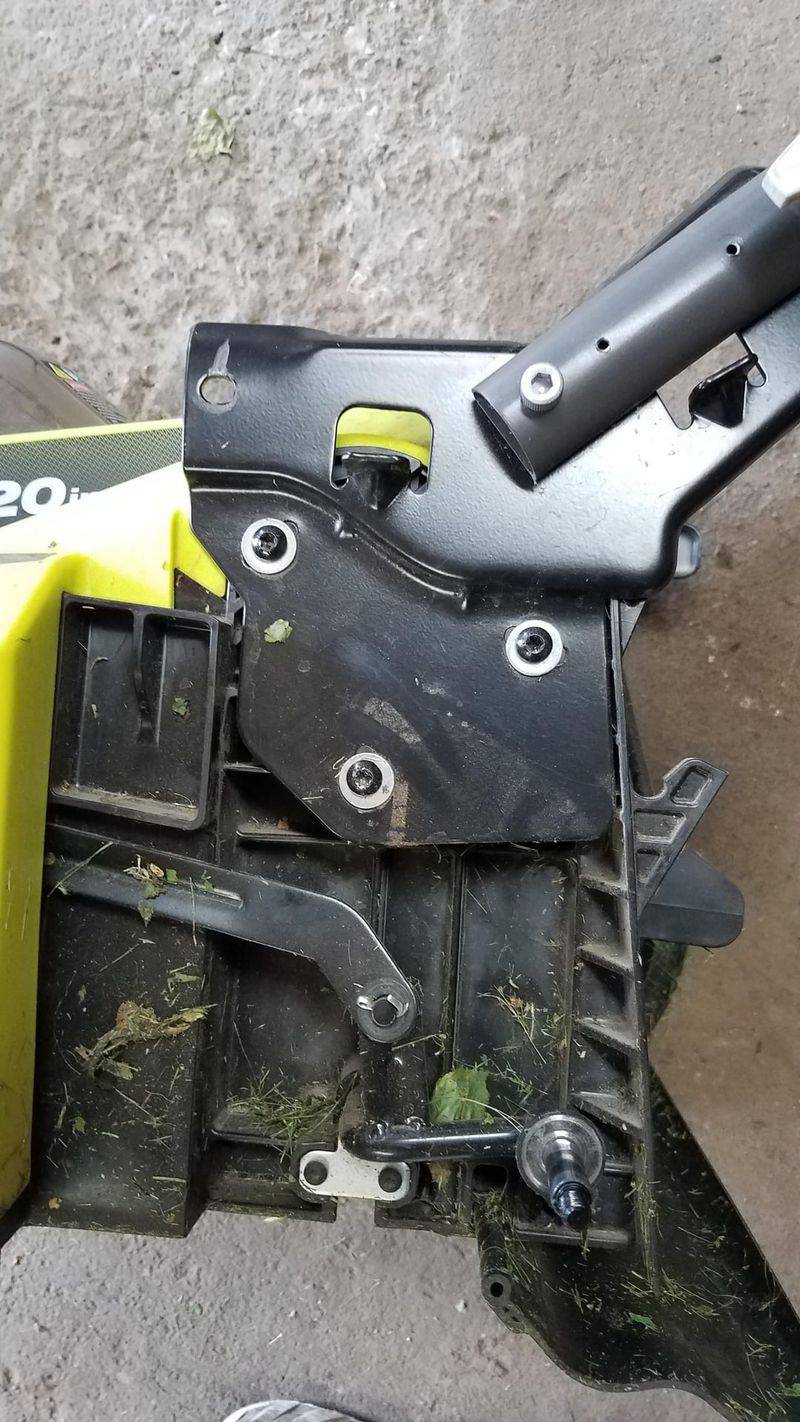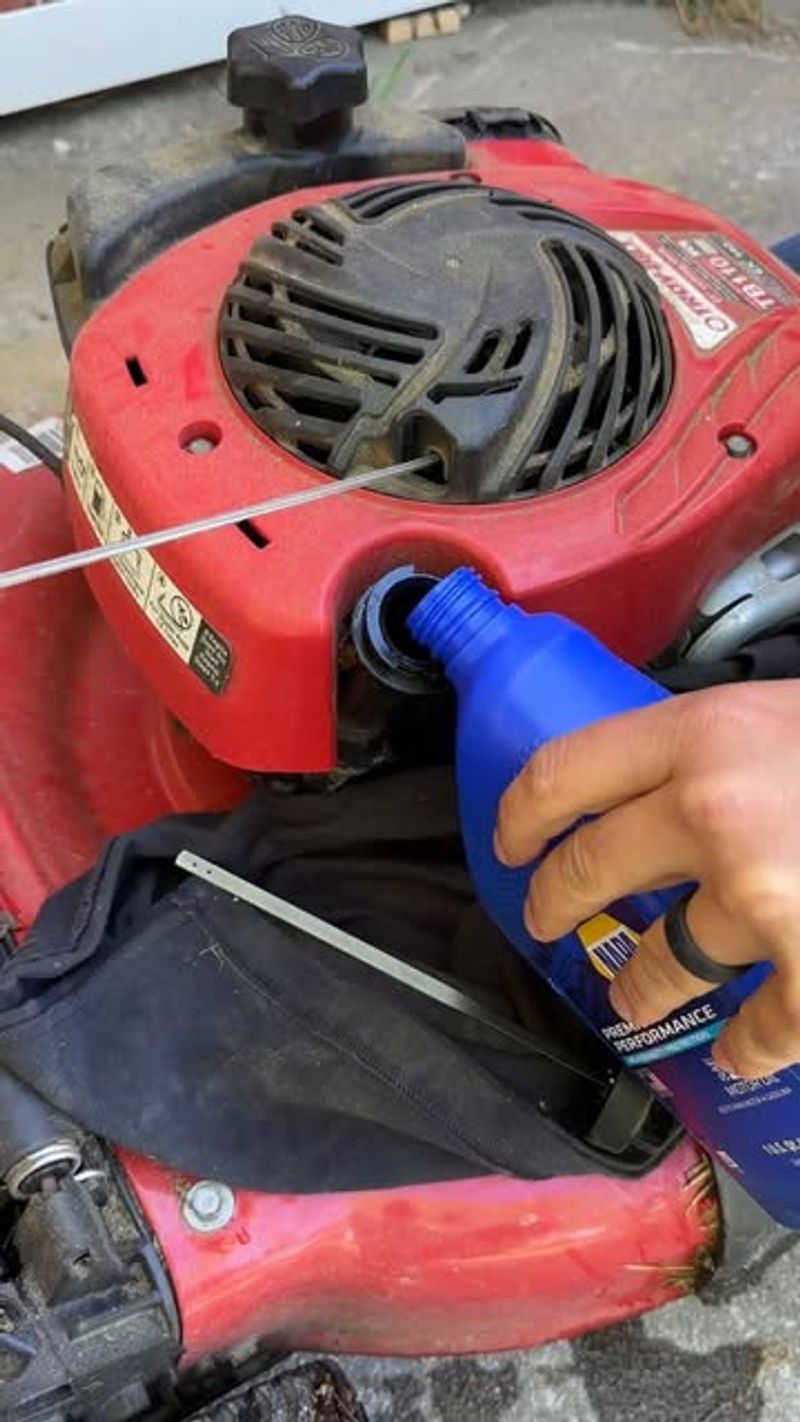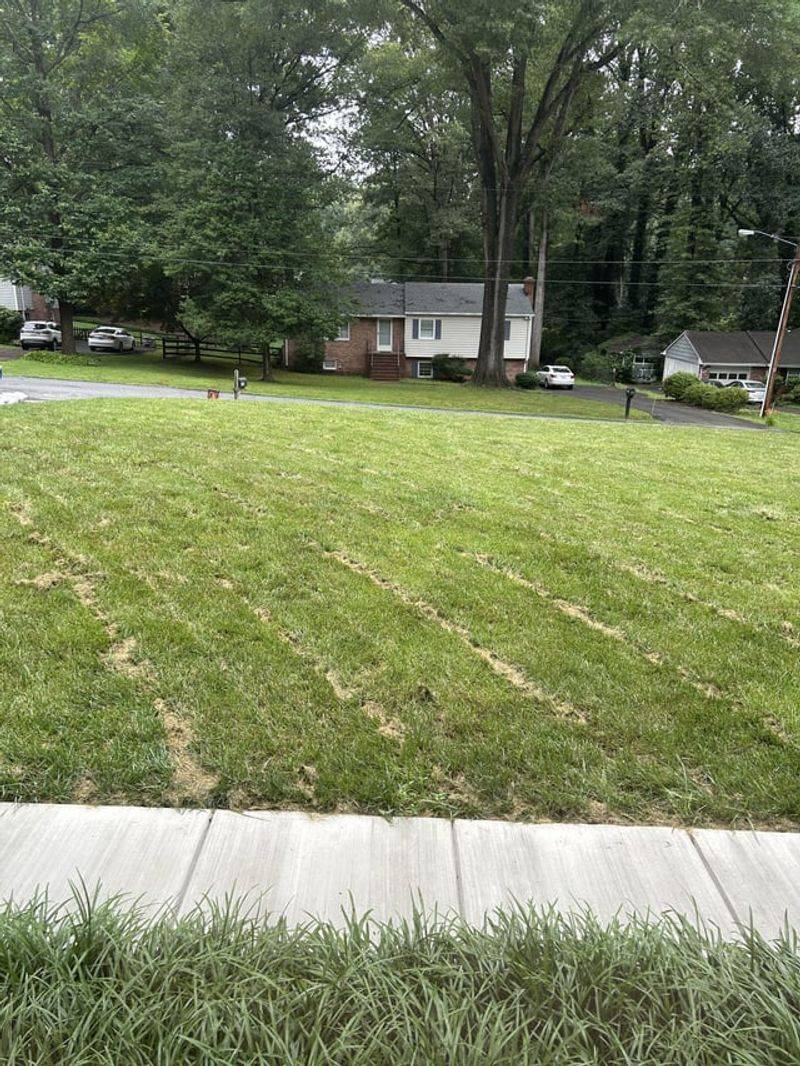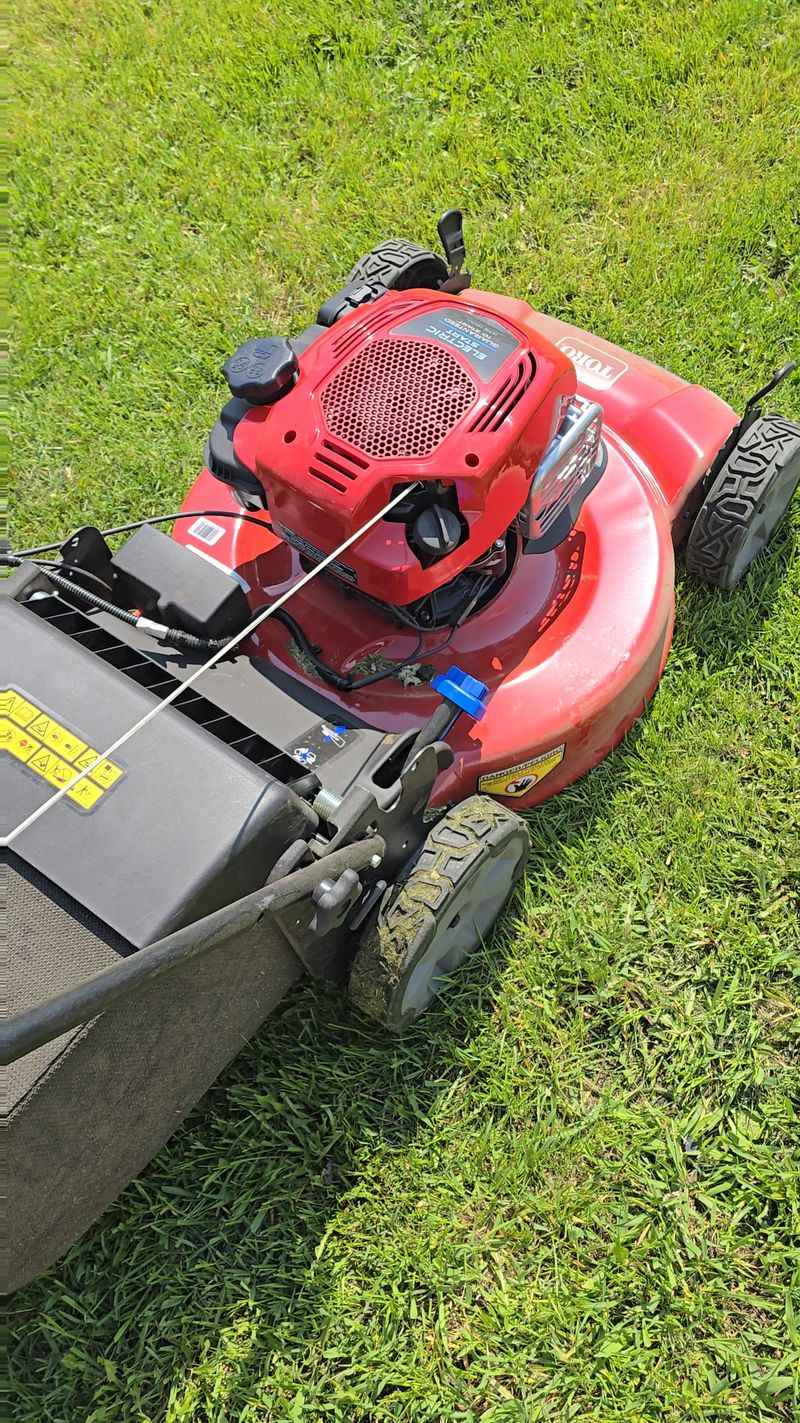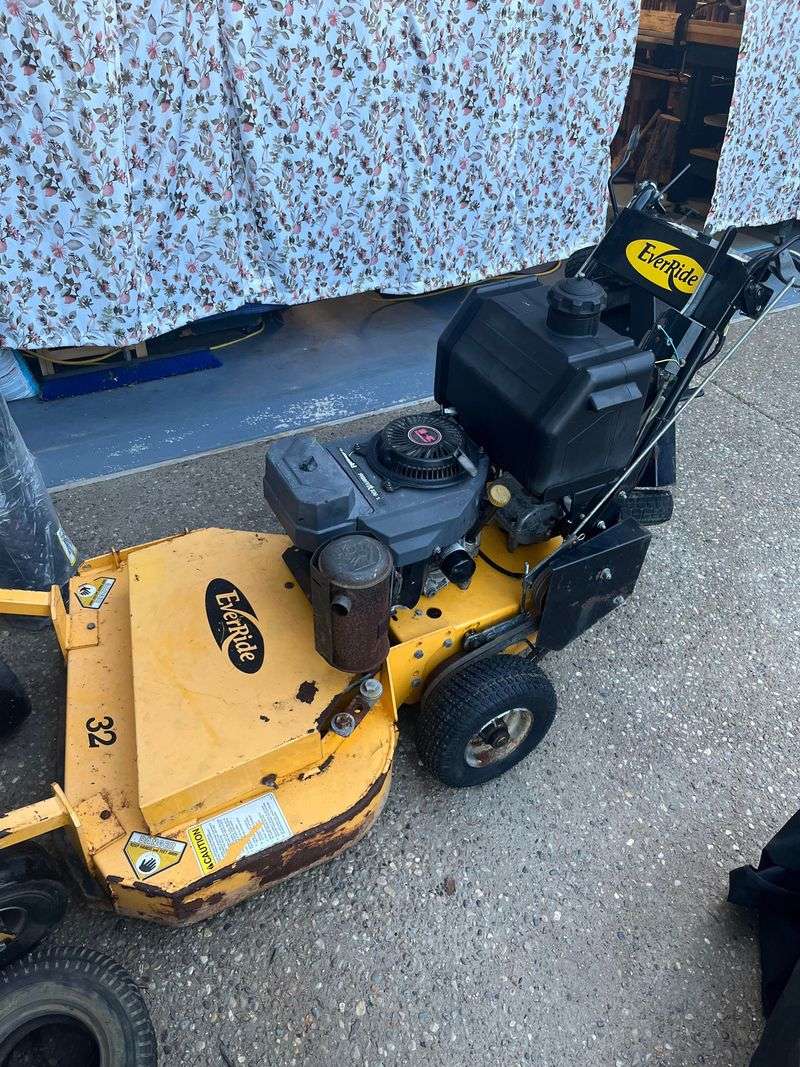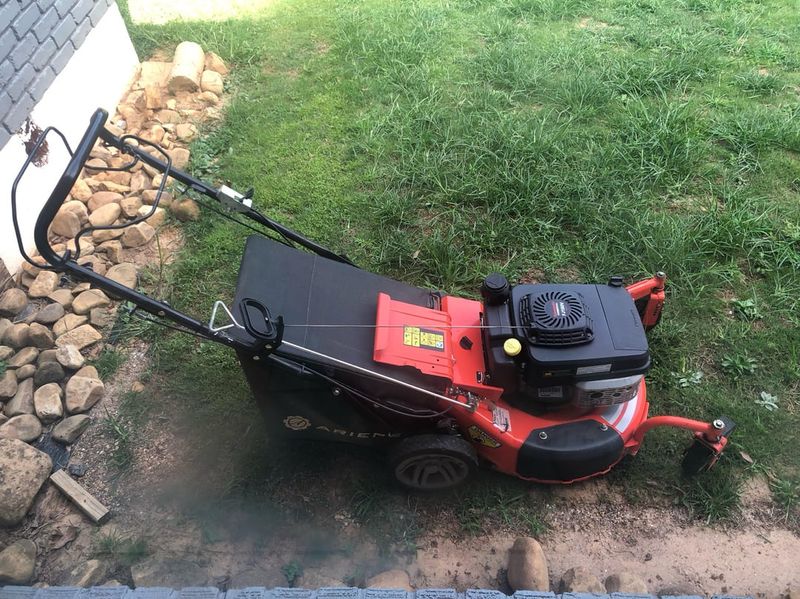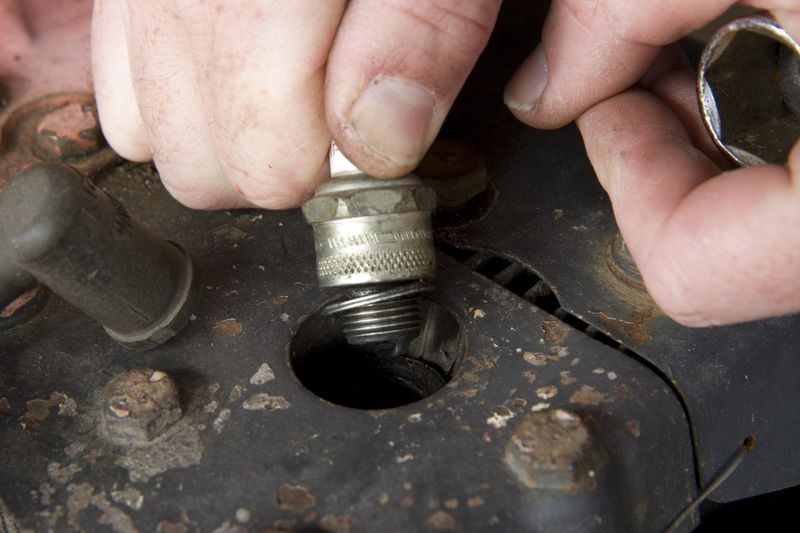Taking care of your lawn mower isn’t just smart—it’s essential for keeping your yard looking sharp and your wallet happy. A mower in good shape cuts cleaner, burns less fuel, and saves you from surprise breakdowns right when you need it most.
Start with the basics: clean the deck regularly, change the oil as recommended, and sharpen those blades. These simple tasks go a long way toward extending the mower’s life and keeping your grass healthier with every pass.
Whether you’re out mowing every weekend or just taming wild patches now and then, a little maintenance makes all the difference. Treat your mower like a teammate, and it’ll return the favor season after season.
1. Clean The Deck After Every Use
Grass clippings stick to the underside of your mower and trap moisture, causing rust that eats away at the metal. This hidden damage happens slowly but surely, weakening your mower’s structure over time.
Use a plastic scraper or brush to remove debris after the engine cools down. For stubborn buildup, a garden hose can help, but never use pressure washers on engine parts.
I made this mistake years ago and found a rusty, caked-on mess when spring arrived. Now I keep a paint stirrer in my garage specifically for scraping my mower deck after each use.
2. Check Oil Levels Regularly
Engine oil is the lifeblood of your mower, preventing metal parts from grinding against each other. Without proper lubrication, internal components wear down rapidly, leading to expensive repairs or complete engine failure.
Make it a habit to check oil levels before starting your mower. The dipstick should show oil within the marked range—not too high, not too low. Change oil completely after about 50 hours of use.
My neighbor ignored this simple check and ended up replacing his entire mower when the engine seized. Five minutes of maintenance could have saved him hundreds of dollars.
3. Keep The Air Filter Clean
Your mower’s air filter prevents dust and debris from entering the engine where they could cause serious damage. A clogged filter forces the engine to work harder, reducing power and increasing fuel consumption.
Paper filters should be replaced annually, while foam filters can be cleaned with soap and water, then lightly oiled before reinstallation. Always let foam filters dry completely before adding oil.
Last summer, my mower started running roughly until I discovered the air filter was completely clogged with fine dust. After replacing it, the difference in performance was immediately noticeable—like night and day!
4. Sharpen Blades Twice A Season
Dull blades tear grass instead of cutting it cleanly, which stresses your lawn and makes it more susceptible to disease. Additionally, blunt blades force your engine to work harder, using more fuel and creating unnecessary strain.
Remove the blade carefully after disconnecting the spark plug. Use a bench grinder or file to restore the edge, maintaining the original angle. Always balance the blade afterward to prevent vibration damage.
When I first sharpened my mower blade, the difference was striking—my mowing time decreased by almost 20%, and my lawn looked noticeably healthier within just two weeks.
5. Store Fuel Properly
Old gasoline breaks down and forms sticky deposits that clog fuel lines and carburetors. These gummy residues are particularly problematic in small engines and can lead to starting problems or complete fuel system failures.
Never store your mower with fuel for more than 30 days unless you’ve added a fuel stabilizer. For seasonal storage, either drain the tank completely or fill it with stabilized fuel after the final mow.
I learned this lesson the hard way after leaving gas in my mower all winter. The carburetor needed professional cleaning before the mower would start again—a $75 lesson in proper fuel management!
6. Mind Your Terrain
Hidden rocks, sticks, and other debris can become dangerous projectiles when struck by mower blades. Worse, they can bend the crankshaft—a critical and expensive engine component that’s often not worth repairing when damaged.
Walk your lawn before mowing to remove obvious obstacles. For areas with known hazards like exposed tree roots or permanent fixtures, consider creating mulched zones instead of trying to mow too close.
My son once ran over a forgotten dog toy, which wrapped around the blade shaft and nearly burned out the engine. Now we always do a quick yard check before starting up the mower.
7. Adjust Height Settings Correctly
Cutting grass too short stresses both your lawn and your mower. The engine works harder pushing through dense lower growth, while the blades encounter more dirt and debris that accelerate wear and dulling.
Follow the one-third rule: never remove more than one-third of the grass height in a single mowing. For most lawns, setting your deck between 2.5-3.5 inches provides the best balance between lawn health and mower efficiency.
During last summer’s drought, I raised my cutting height by an inch, which not only protected my grass but also reduced the strain on my mower as it pushed through the tougher, drier grass.
8. Protect From Weather Elements
Sun, rain, and temperature changes all take their toll on your mower’s components. UV rays degrade plastic parts and rubber seals, while moisture promotes rust and electrical problems even when the mower isn’t running.
Store your mower in a dry, covered area like a garage or shed. If outdoor storage is your only option, invest in a quality, waterproof cover designed specifically for lawn equipment.
My dad kept his mower under a tarp for years, but condensation still caused rust issues. After switching to a proper ventilated cover, his new mower has stayed in much better condition despite being stored in the same spot.
9. Tighten Loose Parts Regularly
Vibration from normal operation gradually loosens nuts, bolts, and screws throughout your mower. These loose components can cause excessive wear, poor performance, and even dangerous operating conditions if left unchecked.
Perform a monthly inspection, checking for any wobbling parts or visible gaps. Pay special attention to blade mounting bolts, handle connections, and wheel assemblies—these areas tend to loosen first.
I keep a small toolbox with common wrench sizes next to where I store my mower, making it easy to tighten anything that feels loose after each use. This five-minute habit has prevented countless problems.
10. Follow A Seasonal Maintenance Schedule
Lawn mowers need different types of care throughout the year. Neglecting seasonal maintenance leads to cumulative problems that significantly shorten your equipment’s lifespan and reliability.
Create a simple calendar reminder for spring tune-ups (oil change, new spark plug, filter replacement) and fall winterization (fuel stabilization, cleaning, blade sharpening). These bookend services keep your mower running smoothly year after year.
Since implementing my own maintenance schedule three years ago, I haven’t experienced a single breakdown during mowing season. The peace of mind alone is worth the small time investment!
11. Cutting Wet Grass Ruins Your Mower
Moisture from wet grass creates the perfect environment for corrosion inside your mower deck. The wet clippings also clump together, clogging the discharge chute and putting extra strain on the engine and blade system.
Always wait for your lawn to dry before mowing, even if it means delaying your regular schedule. Morning dew usually evaporates by mid-morning on sunny days, making this the ideal time to mow during hot weather.
I once tried to mow right after a light rain and spent twice as long stopping to unclog the mower. The next day, I noticed rust spots already forming on the underside of the deck—a mistake I won’t repeat!
12. Ignoring Warning Signs Leads to Failure
Unusual sounds, vibrations, or performance changes are your mower’s way of signaling that something’s wrong. These early warnings often represent small issues that can be easily fixed before they cause major damage.
Don’t dismiss new noises or changes in how your mower runs. Investigate immediately—check for loose parts, blade damage, or fuel problems. Small fixes now prevent expensive repairs later.
My mower started making a clicking sound last month that I almost ignored. Checking revealed a small stick caught in the blade housing that would have eventually damaged the crankshaft had I continued using it.
13. Skipping Oil Changes Destroys Engines
Engine oil breaks down over time, losing its ability to properly lubricate and cool internal components. Running a mower with degraded oil is like giving it a slow-acting poison that gradually damages everything inside.
Change your oil at least once per season or every 25-50 hours of operation. The process takes just minutes: drain the old oil, replace the plug, and refill with fresh oil of the recommended grade.
My father-in-law’s mower lasted 22 years because he never missed an oil change. Meanwhile, I’ve seen neighbors go through three mowers in the same timeframe due to neglecting this simple maintenance task.
14. Using The Wrong Fuel Type
Modern fuel mixtures containing ethanol can damage small engines by attracting moisture and degrading rubber and plastic components. Many mower problems stem directly from using fuel that’s been sitting too long or contains too much ethanol.
Always use fresh gasoline with no more than 10% ethanol (E10). Premium fuel or ethanol-free options are even better for small engines. Try to purchase fuel in quantities you’ll use within a month.
After switching to ethanol-free gas in my mower, I noticed it starts more easily and runs more smoothly. The slight price premium is worth it considering the reduced maintenance issues.
15. Neglecting The Spark Plug
The spark plug may be small, but it’s crucial for your mower’s performance. A fouled or worn plug causes hard starting, rough running, and wasted fuel—problems that strain every part of the engine.
Replace your spark plug annually as part of your spring maintenance. Before installing the new plug, check the gap with a feeler gauge and adjust if necessary according to your owner’s manual specifications.
I was amazed by the difference a new spark plug made in my struggling mower—it started on the first pull instead of the tenth! For less than $5, it’s possibly the most cost-effective maintenance you can perform.

